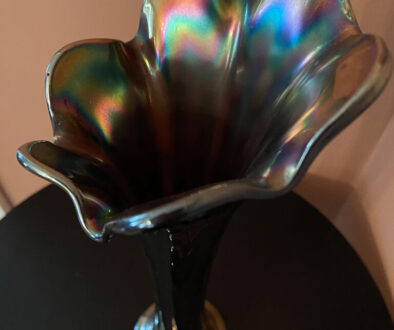The World is Your Oyster

“Shy is the oyster, fervent is the clam, peaceful is the ocean floor rocked by the sands of time.”
—Bradley Chicho
For creatures that spend nearly the entirety of their lives mired in the muck of river and ocean bottoms, clams and oysters have inspired many poets, writers, and artists… and chefs.
They are also the canary to the ocean’s coal mine—an irreplaceable part of the ecosystem. The latter part of the 20th century saw many of the East Coast’s prime shellfish beds dying from the excesses of industrialization and laissez-faire regulations. The problem of destroying the shellfish stock was compounded by the fact that they are the primary filtration system for oceans and tidal estuaries, so it was essentially a double whammy of ecological destruction. In some areas, they form redefining shelter and haven to other species and help minimize effects of storms and erosion.
They are also delicious. As Jimmy Buffet crooned in his ballad “Tin Cup Chalice,” “Give me oysters and beer for dinner every day of the year and I’ll feel fine…”
Oysters are one of those foods where nature has done such a great job in its creation that the chef’s main responsibilities are restraint and minimalism. In other words, don’t F it up. That is where the chef’s skill in discernment comes into play with oysters; the mantra is let the ingredient speak. To enjoy oysters in their purest, unadulterated state, on the half shell, serve them as cold as possible to enhance their natural briny and sweet flavors. Let the diner choose how to embellish their shellfish. I forego the standard cocktail sauce, opting instead for a dash of hot sauce or a pinch of horseradish. The French serve mignonette, a vinegar-based sauce usually with herbs or minced shallots or other aromatic enhancements.
Not all oysters are created equal—not even from the same region. The subtle environmental variance within an ecosystem produces different flavors within oysters. Oyster farmers and harvesters label by specific area—every tributary and creek provide the oyster with its own flavor profile, as unique as a human fingerprint.
If you prefer your oysters cooked, still apply the minimalist approach. One of my favorite ways to indulge in oysters is to clean and scrub the shells well and throw them on the grill. Cover with a wet burlap cloth, cook for three minutes, pop the shell, and enjoy the warm boosters simmered in a broth of its own design.
Fried oysters are another way to enjoy the bivalve brethren. I prefer panko or freshly made bread crumbs seasoned with a little salt. Fry lightly—an overcooked oyster should be a criminal offense. Enjoy them with your choice of dipping sauce on their own or pile them onto a freshly baked roll with lightly dressed slaw to create an oyster Po’boy.
The only culinary characteristics oysters and clams share are that they come in a shell. Clams are chewier in texture and more robust in flavor/saltiness than oysters. While some, me included, enjoy clams on the half shell/raw, more people seem to prefer them cooked. For raw clams, size does matter and, in this matter, smaller is better. The robust flavor of clams allows for more aggressive flavor collaborations; garlic, butter, and lemon are frequent accessories to cooked clams. Once cooked the clam shells easily yield the succulent gem it once imprisoned.
Chowders and stews are common vehicles to showcase the flavor of clams. Pastas are another frequent and popular preparation. As a first course, shucked clams can be cooked and enhanced and stretched with breadcrumbs, vegetables, and other seasonings and then stuffed back into their shells. Hardly minimalist when compared to oyster preparations, it is still best to show some restraint and let the essence of the clam take center palate.
Try these clam and oyster preparations at home. Oysters with apple jalapeños mignonette, baked oysters with kale pesto and Calabrian pepper aioli, deviled clam cakes, and roasted garlic clams and pasta.
Recipes from this issue







